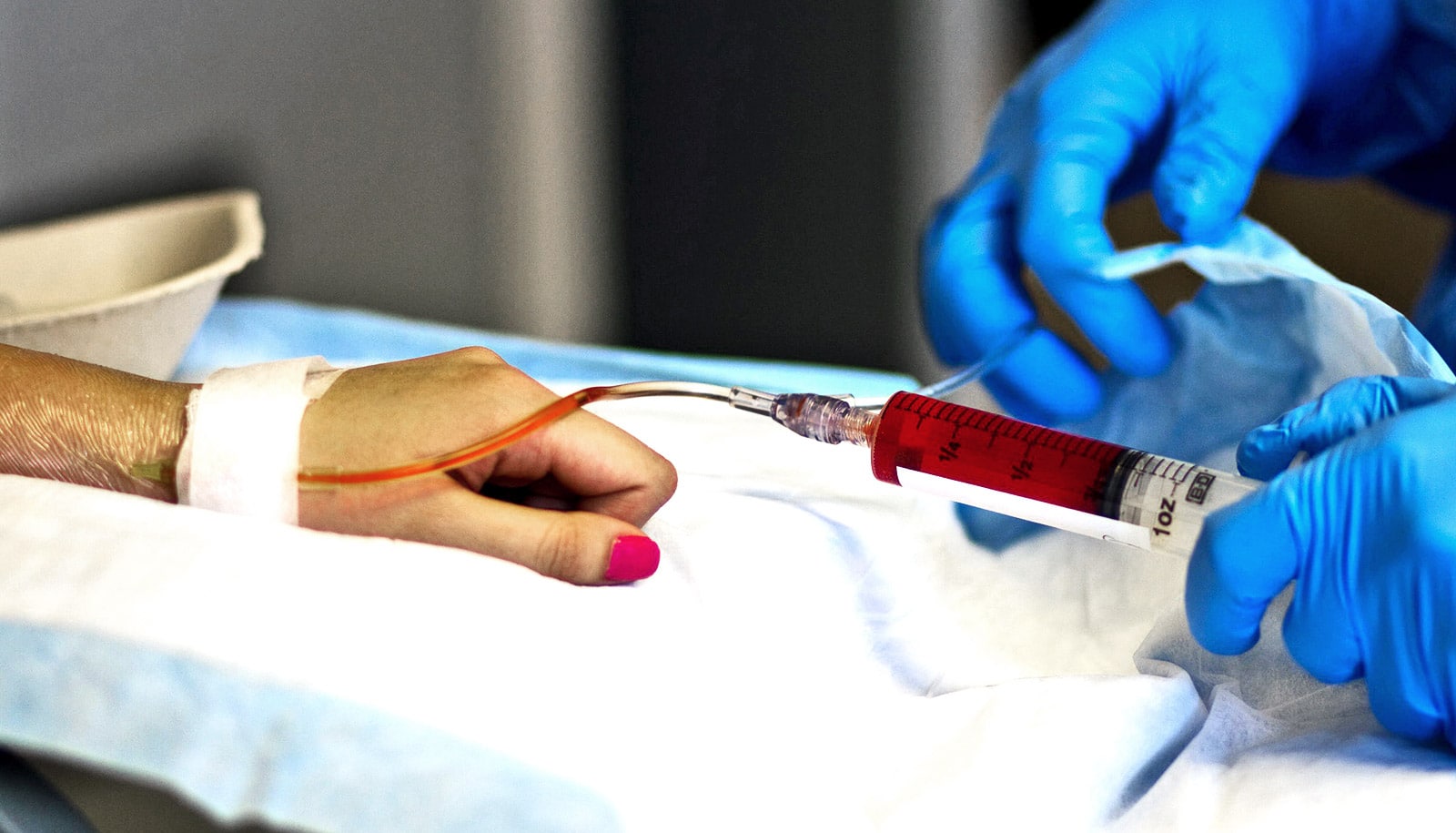A wearable app-controlled device that stimulates nerves in the legs and feet may help people with cancer who suffer from burning and shooting pain and cramping in their lower limbs brought on by chemotherapy.
The clinical trial is the first randomized placebo-controlled study to test daily home-delivered transcutaneous electric nerve stimulation (TENS) therapy among cancer patients with neuropathy.
The US Food and Drug Administration has already approved the same TENS device for patients with fibromyalgia-related pain.
“Painful neuropathy is such a challenge for patients with cancer and many are reluctant to add more medications to their list. This study opens up an option that is safe and will not interact with other treatments that they might be undergoing,” says Nimish Mohile, professor of neurology and of oncology at the University of Rochester.
The cancer clinical trial involved 142 people with an average age of 63, and showed that TENS therapy reduced sharp/shooting pain and hot/burning pain, and cramping in the legs and feet.
Neuropathy affects up to 60% of people who are prescribed common chemotherapies. Neuropathic pain can be severe and debilitating, or intermittent, and often leads to impaired walking, balance issues, and lower quality of life. There are a couple of drugs available to treat chemotherapy-induced neuropathy, although they do not work for everyone.
Plus, the authors say, many patients prefer to avoid more drugs for neuropathy after receiving toxic cancer treatment.
A key goal of the study, published in the Journal of Pain, was to determine if a larger, nationwide confirmatory clinical trial is possible. Results on that front were also positive: Over 90% of the trial participants completed daily symptom diaries and physical assessments, suggesting that it’s feasible to accurately gauge patient experiences with TENS devices.
“I am very excited about our trial results,” says Jennifer Gewandter, associate professor in the departments of anesthesiology and perioperative medicine, dentistry, and neurosurgery. “TENS treatment is non-invasive and safe, and the wireless app-controlled device is quite convenient.”
Digital TENS units are controlled by apps. In this case, the TENS device sat in a band that was positioned on the leg, below the knee—with stimulation that extended down toward the feet. The app delivers high-frequency wave stimulation, which activates nerve cells causing changes in nerves that block pain signals.
Gewandter notes a few important points:
- TENS devices are available to the general public online and over-the-counter at many stores. If cancer patients with chronic neuropathy pain choose to try TENS therapy at home, they should consult their oncologist or other doctor first. In the clinical study, patients used the device for a maximum of five hours a day, with three hours total of nerve stimulation within the five-hour period.
- TENS therapy should be avoided by people with pacemakers and epilepsy.
- Individuals who use TENS therapy can sometimes develop skin reactions and experience abnormal sensations. Reducing the intensity of the nerve stimulation and the time of use can help with those side effects.
- Researchers must conduct a larger study in cancer patients before pushing for TENS treatment to be added to official clinical guidelines. However, the magnitude of improvement for patients in the current study was similar to a previous, smaller study. “These two independent findings make me very optimistic,” Gewandter says. Mohile adds that he would consider recommending it to suitable patients in his clinics.
A larger trial would be conducted through the National Cancer Institute Community Oncology Research Program (NCORP), for which Wilmot serves as a national hub.
The nerve-stimulating device used in the currently published trial called Quell, is manufactured by NeuroMetrix,. NeuroMetrix provided the product for research; Gewandter disclosed that in the past she has received some compensation from NeuroMetrix for serving on its scientific advisory board and a small grant to investigate the effects of the TENS device on swelling.
The National Institutes of Health funded the study.
Source: University of Rochester



